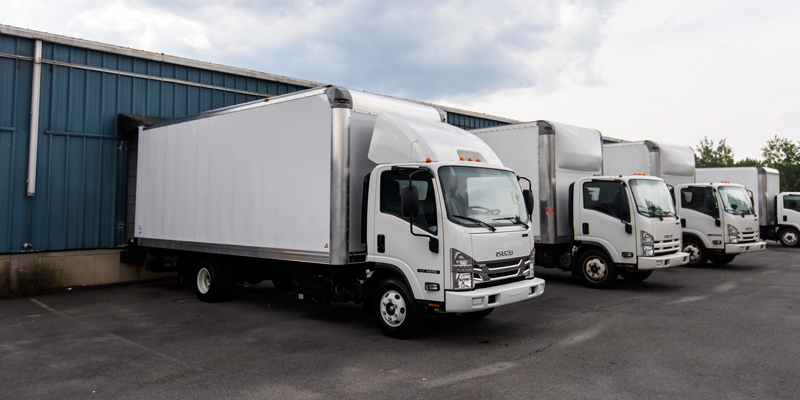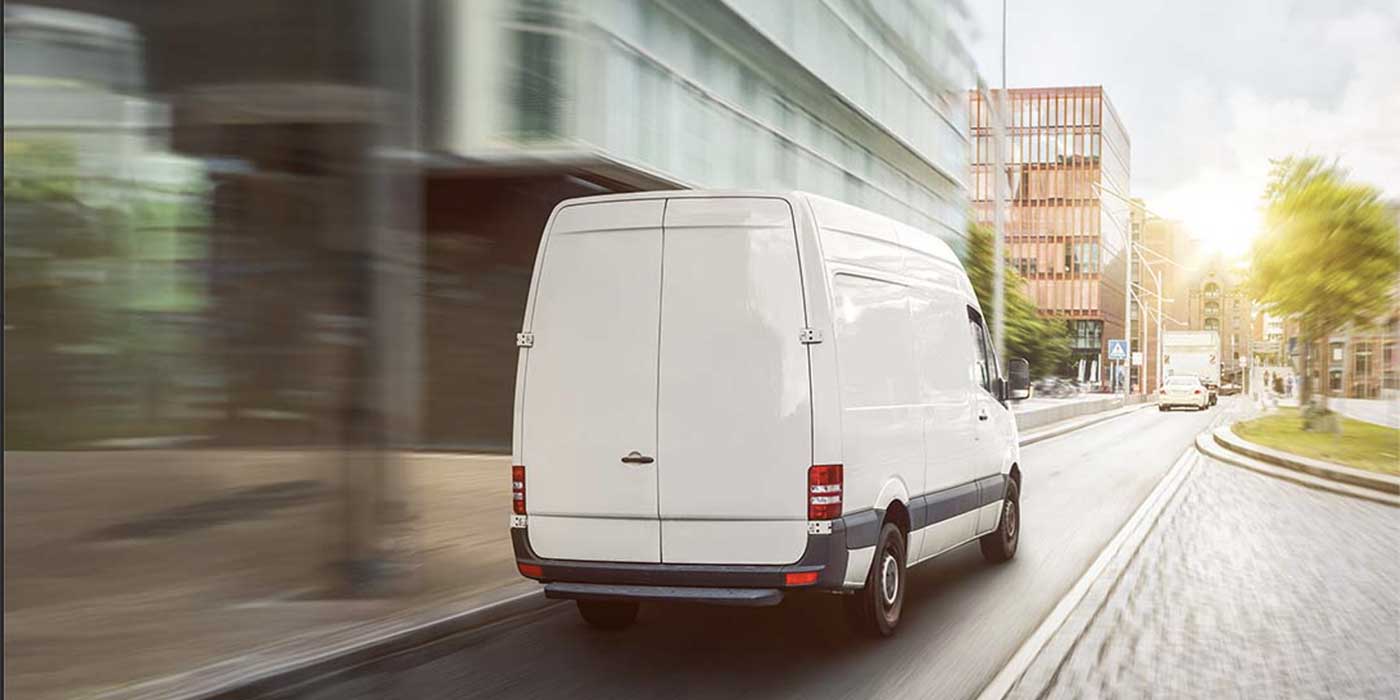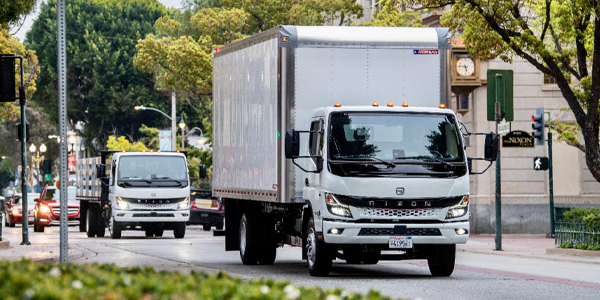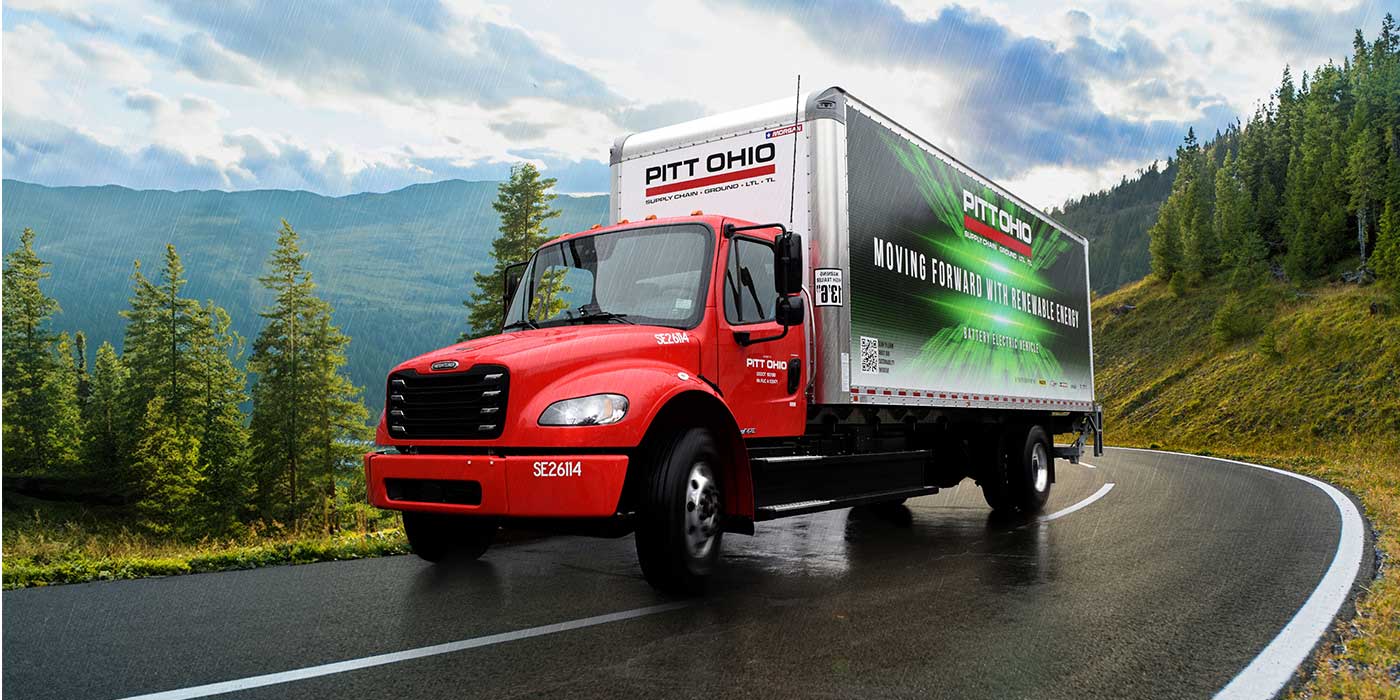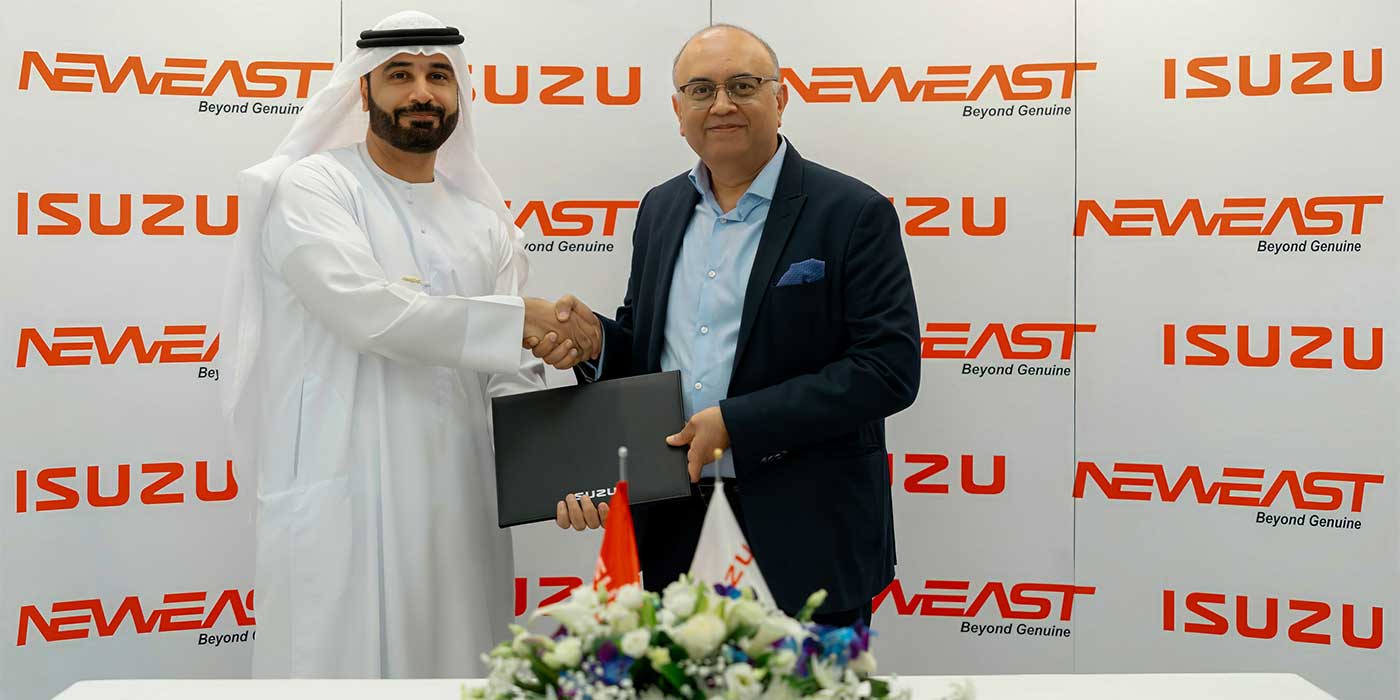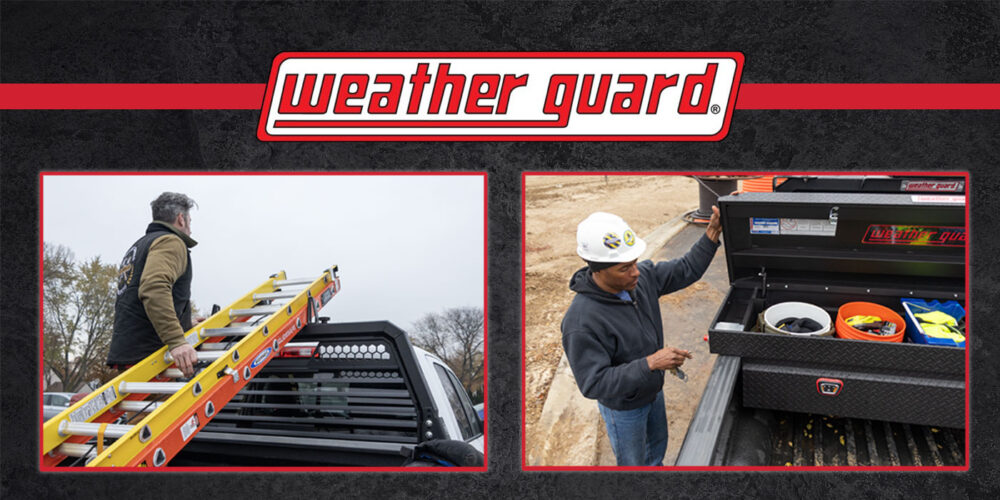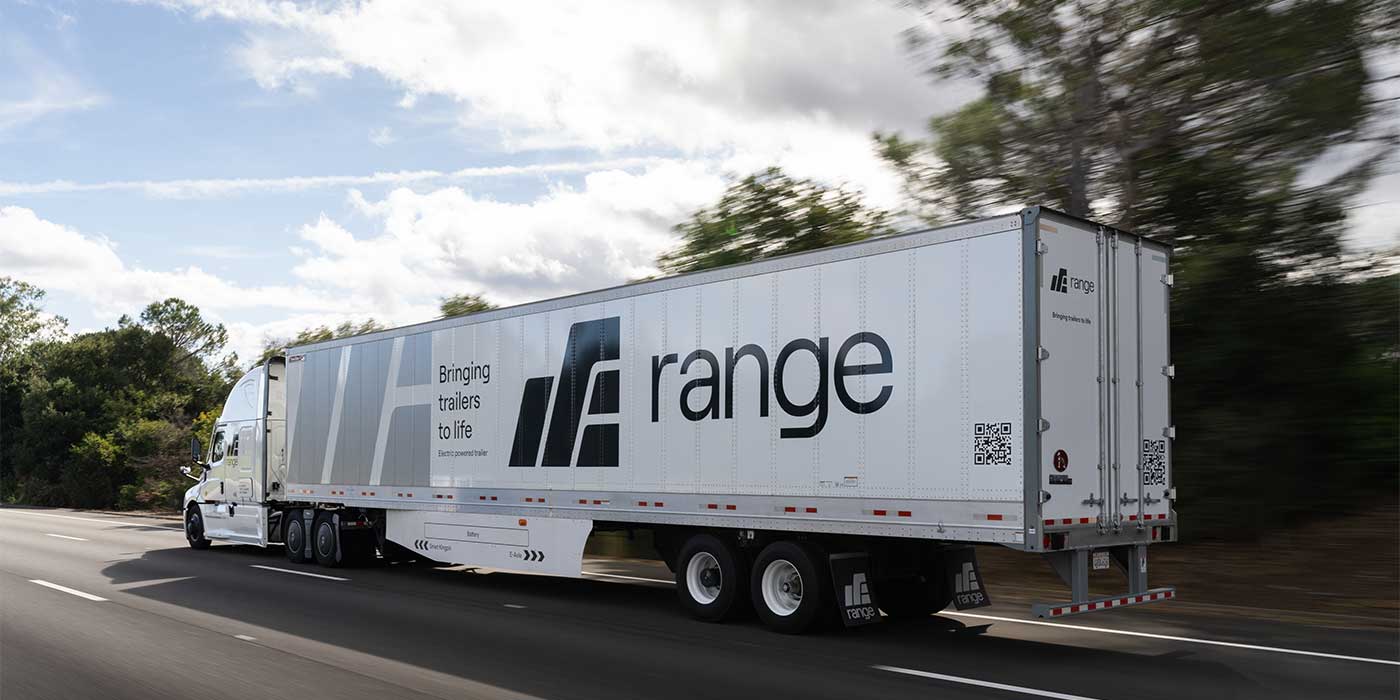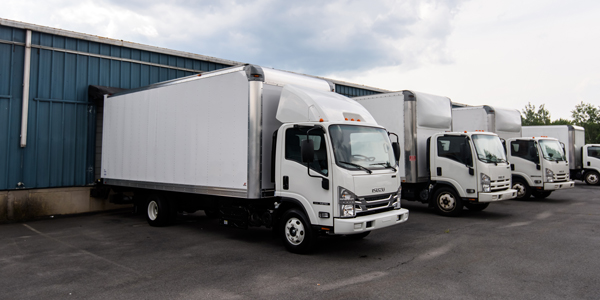
Every pound of weight you can eliminate when specifying a truck is another pound of payload capacity. If you’re a delivery operation, that means the truck can legally carry more goods. If you run a vocational or service fleet, it can mean carrying more supplies, tools and equipment to job sites. In both cases, that adds up to improved productivity and efficiency.
The math, however, isn’t always so simple. The North American Council for Freight Efficiency (NACFE) says that it is difficult to determine how much additional revenue and/or lower operating costs will be guaranteed. Of particular concern are the potential for lower resale values and higher maintenance costs for vehicles with lightweight components.
At the same time, NACFE points out that emissions systems, fuel economy features and driver amenities on today’s commercial vehicles have added weight. That means the value of lightweighting various components, such as the powertrain, axles and suspensions, wheel ends, frames, and others, can be worthwhile to consider.
Reducing vehicle weight provides organizations with opportunities to keep enhancing operational efficiencies, notes Steve Spata, technical assistance director at NTEA. Weight, he says, has a direct influence on operations, drivers, maintenance and vehicle life cycles, so it’s a critical factor in the acquisition process.
In “Vehicle lightweighting — A critical path to success,” written for NTEA, Spata focuses on lightweighting for vehicles with a gross vehicle weight rating (GVWR) of 10,000 lbs or less.
“Use of lighter weight chassis and bodies to reduce a truck’s unloaded weight, while maintaining payload capacity of a larger GVWR truck, is a major consideration,” Spata writes. “Although acquisition of a lower GVWR chassis does not necessarily translate into a lower overall cost, the upfront price of lightweight materials for truck bodies to preserve or improve payload capacity can be compared to the ongoing operational fees for vehicles with GVWRs over 10,000 lbs.
“Another factor related to this trend is the current labor market,” Spata continues. “Efforts to recruit and maintain employees have led organizations with work truck drivers to view smaller, lighter vehicles with a more comfortable interior as a competitive edge—especially in situations where employees take vehicles home.”
However, Spata points out that there are some limitations on what manufacturers can provide.
“Work truck manufacturers must comply with Federal Motor Vehicle Safety Standards (FMVSS) that apply to Class 1–2 vehicles,” he says. “As weight is also a direct factor in the energy a vehicle must manage in a crash, in addition to braking and handling, smaller vehicles are subject to more standards to protect occupants and optimize dynamic performance. Many of these limit the completed work truck’s maximum unloaded vehicle weight [UVW].
“For some applications, this means lightweighting bodies and/or equipment is the only way a manufacturer can build a Class 1 or 2 vehicle to remain within maximum UVW limitations,” Spata adds. “Maximum UVW also plays a role in Environmental Protection Agency greenhouse gas emissions and NHTSA fuel economy regulations, which have caused chassis manufacturers to place strict requirements on maximum UVW and frontal area for the completed vehicle. While frontal area limitations can be more challenging, lightweight body materials can help overcome maximum UVW limitations in meeting these requirements.”
Working with upfitters can be a productive way to approach lightweighting, Spata advises. “Together, you can explore chassis/body/equipment options that can maintain regulatory compliance while providing added payload capacity,” he says. “If your equipment, payload and performance needs can be met using a lighter weight chassis with a work truck body that incorporates lighter weight materials, it can be a great opportunity to help your fleet’s operational flexibility.”

